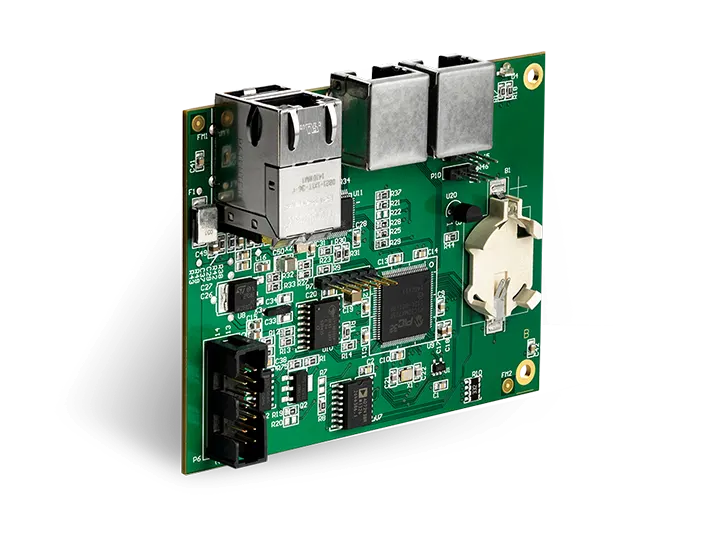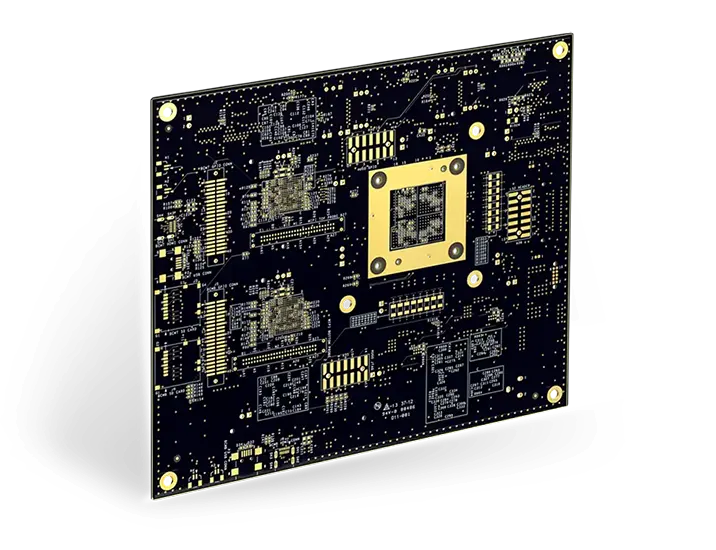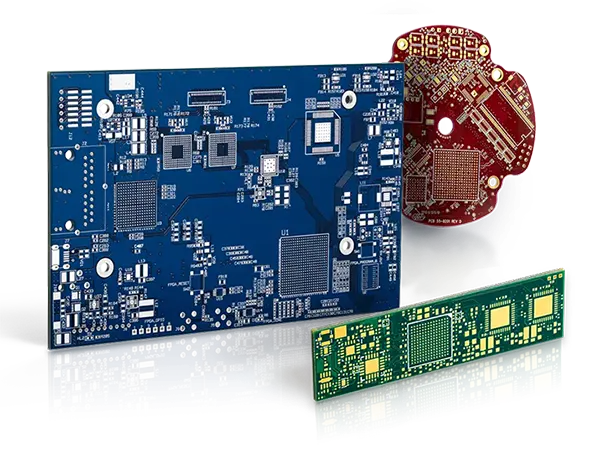Designing for Signal and Power Integrity Using Thin Laminates

John Ranieri
OEM Director
Oak-Mitsui Technology’s FaradFlex™

Vandana CC
Project Coordinator
Sierra Circuits
As high-speed designs push the limits of performance, signal and power integrity become more critical than ever, especially when working with ultra-thin laminates. In this webinar, we’ll explore how to successfully design PCBs for manufacturing while maintaining the electrical performance your application demands.
We’ll start by covering where designers often go wrong when it comes to DFM, and how to avoid costly mistakes early in the design process. You’ll learn best practices for selecting materials, planning your stack-up, optimizing trace widths and spacing, and managing vias, including via-in-pads.
From there, we’ll dive into what manufacturers actually need from your design files to ensure a successful build.
Then, we’ll take a closer look at FaradFlex’s material characteristics and how thin and high-DK laminates affect the impedance of the power distribution network. Critically, we will look at how spacing and dielectric constant between power and ground layers affects inductance at high frequencies.
We’ll also cover strategies for reducing EMI noise and how to improve signal integrity by optimizing the return path copper roughness.
What you’ll learn:
- Where designers commonly go wrong with DFM
- How to design for manufacturing
- What the manufacturer needs from you
- FaradFlex key material characteristics
- Impedance of embedded capacitors
- Near-field EMI ground via stitching
- Signal integrity of power/ground return
About the presenters
John Ranieri, OEM Director at Oak-Mitsui Technology’s FaradFlex™
John Ranieri is the OEM Director for Oak-Mitsui Technology’s FaradFlex™ laminates – thin dielectrics for printed circuit board embedded capacitance. John has over 20 years’ experience in PCB materials at Oak-Mitsui and Rogers Corporation and has worked with OEM customers designing a wide range of high frequency and high-speed PCBs. John’s holds a B.S. in Chemical Engineering from Case Western Reserve University and an MBA from ASU’s W.P. Carey School of Business.
Vandana CC, Project Coordinator at Sierra Circuits
With a strong foundation in physics, Vandana CC brings a deep technical understanding to her work in PCB design and electronics manufacturing. She holds a Master’s in Physics and has experience teaching before transitioning into research at the Indian Institute of Science.
At Sierra Circuits, Vandana has played a key role in R&D projects, contributing to the development of engineering tools and calculators, technical content creation, and customer demos. Currently, she focuses on project coordination, ensuring seamless collaboration both within the team and with external partners. Her expertise bridges the gap between technical innovation and practical application, making her an integral part of Sierra Circuits’ engineering efforts.




